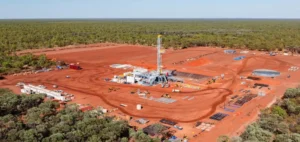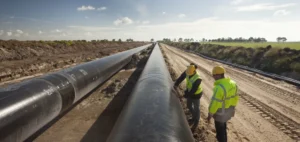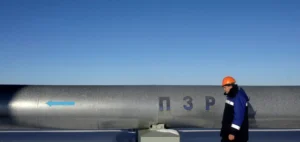For several weeks now, China has been experiencing an intense heatwave, profoundly affecting its energy balance. Recorded temperatures consistently range between 37°C and 39°C in major cities in the east and central regions, occasionally peaking above 40°C. This early heatwave episode is attributed to a particularly powerful subtropical anticyclone, causing a rapid and sustained increase in electricity demand. National electricity consumption has thus reached an unprecedented record of nearly 1.47 billion kilowatts, representing a substantial increase compared to previous historical levels.
Direct Impact on Asian LNG Markets
In this exceptional context, Asian imports of liquefied natural gas (LNG) show an opposite trend. While an increase might have been expected due to high electricity demand, the data indicates a decline in LNG deliveries to Asia. In the first half of 2025, imports dropped by 6.4%, falling to 133.4 million tonnes, primarily due to persistently high prices in the Asian market. Conversely, Europe saw a significant increase in its imports, absorbing a considerable share of available international volumes.
The United States plays a major role in this reshuffling of global LNG flows. Indeed, American exports to Europe are currently at record levels, potentially creating surplus availability for Asian markets. However, this availability remains conditional on a potential drop in spot prices in Asia, which would then make deliveries more competitive and attractive for regional importers.
Growing Pressure on China’s Energy Infrastructure
The energy consequences of China’s heatwave extend beyond the gas sector alone. The eastern region, the economic heart of the country, is experiencing significant pressure on its electrical infrastructure, with particularly high consumption driven by intensive air-conditioning use, accounting for approximately 37% of the total current demand in these areas. This pressure directly impacts hydraulic facilities, especially in the southwest of the country, where water reserves are already under stress due to prolonged drought.
This critical situation leads to increased reliance on thermal power plants, particularly those operating on natural gas and coal, to ensure continuous electricity supply in the hardest-hit areas. Heightened dependence on fossil fuels, within a context of elevated international market prices, could further intensify financial pressures on Chinese and broader Asian importers.
Outlook for the Asian LNG Market
Faced with these contradictory dynamics, the medium-term evolution of Asian LNG markets remains uncertain. If spot prices were to decline after the summer, potentially linked to a drop in European demand, American producers could increase their exports to Asia, providing an opportunity for regional buyers. However, everything will depend on developments in weather conditions and economic factors, as well as the capacity of China’s energy grid to respond to demand, which currently shows no signs of immediate easing.






















